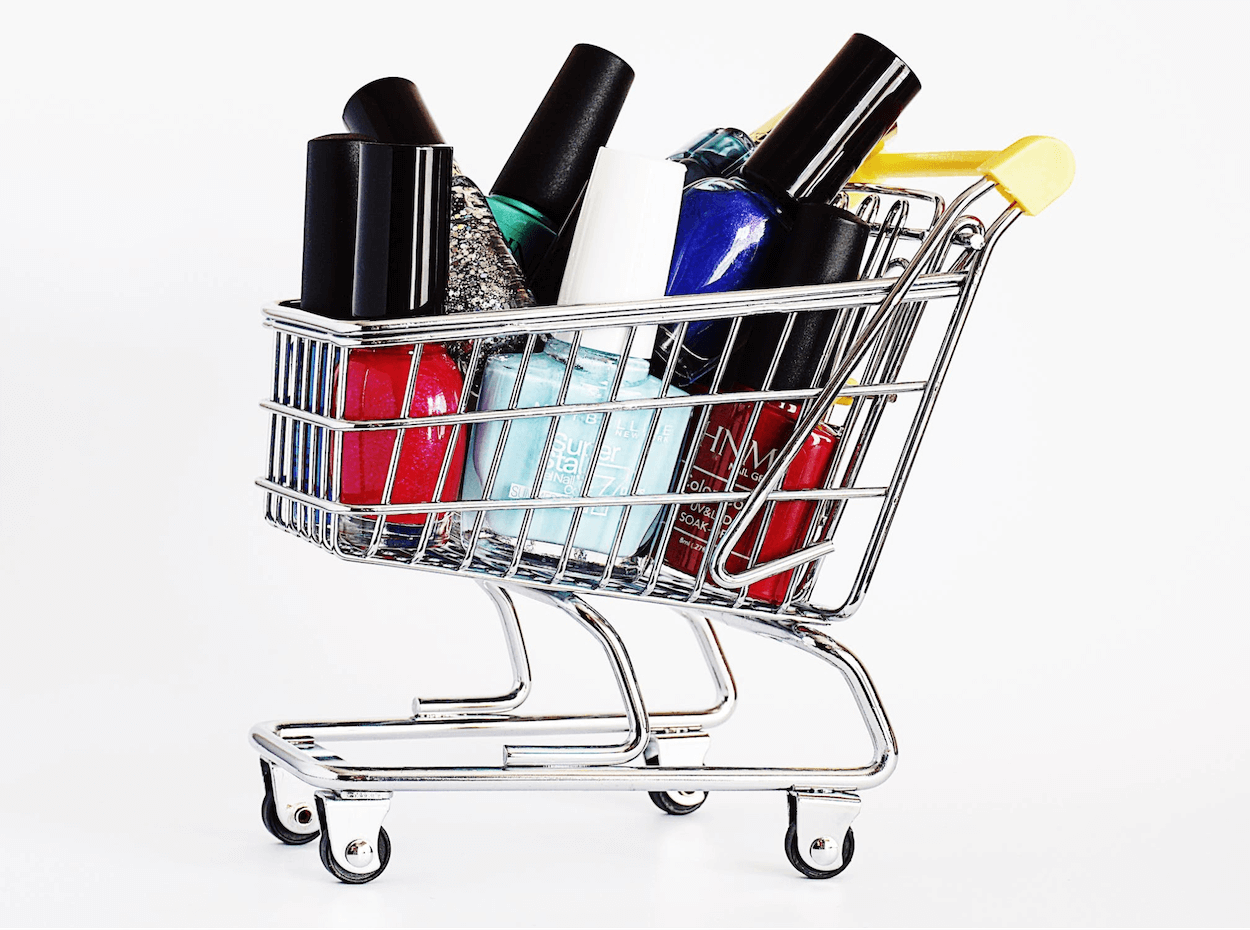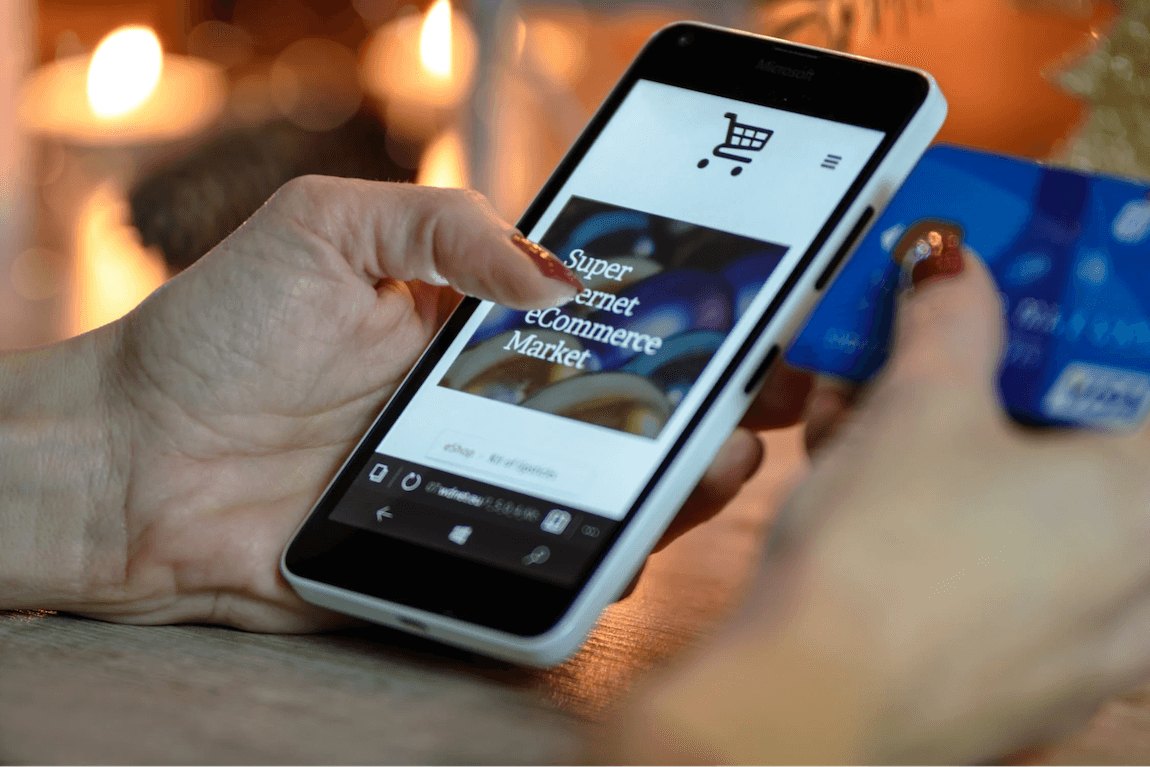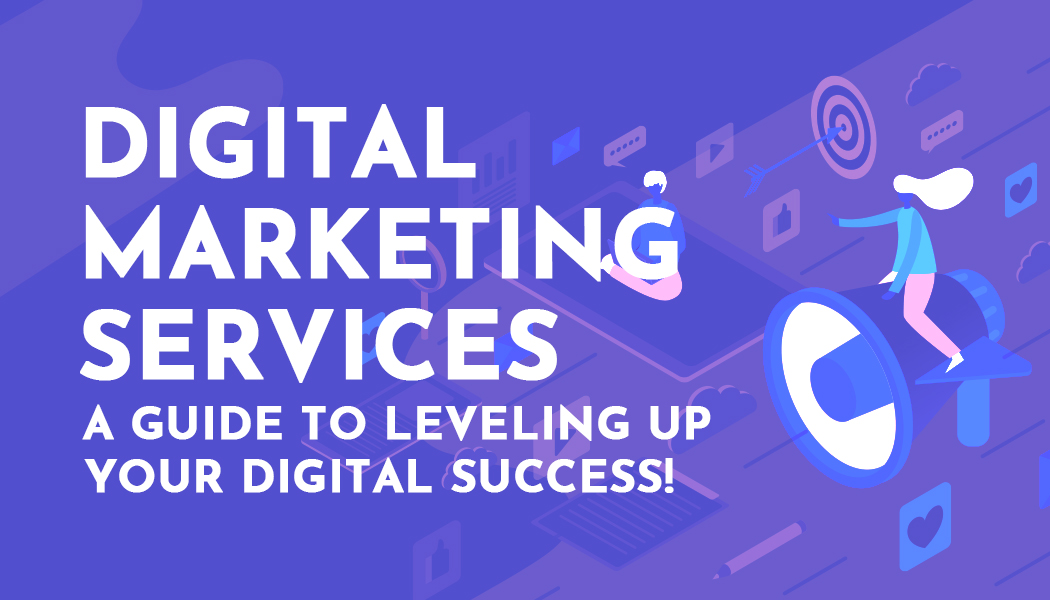5 Tips for Designing Effective Cart Recovery Email Campaigns
In today’s dynamic e-commerce landscape, the challenge of cart abandonment looms large, with recent statistics from mid-2023 painting a concerning picture: an average cart abandonment rate of 70.19%. This warns businesses of not just missed opportunities but the need for ingenious strategies to take on the issue. Among the various tactics employed, cart recovery email campaigns stand out as a vital tool for e-commerce businesses. These campaigns work behind the scenes to get back customers who have left items in their carts without completing a purchase.
The idea of these emails is not just to remind customers but to convince them to come back and purchase certain abandoned items. Crafting an effective cart recovery email has by nature complexity, and requires a blend of psychology, marketing acumen as well as timing. This makes it very important for any e-commerce business that looks forward to thriving in the face of stiff competition to master the art of cart recovery emails.
In this post, we’ll explore a few abandoned shopping cart email best practices that not only grab attention but manage to turn potential losses into significant gains.

Personalization and Relevance
The base of any effective cart recovery email stands on its ability to be personal with the customer and relevant to their experience. Using a customer's name is half the effort. The real magic happens when you can plug elements of their shopping experience into your email.
For example, saying exactly what products are left behind in the cart can reignite their interest when they come across those products. Besides that, using your customers' browsing and purchase history to give personal recommendations can enhance the relevancy of your email.
It indicates that you understand what they want and will bend over backward for this one shopping trip to accommodate them, which may be just enough to have them make a purchase.
Clear and Compelling Subject Lines
The subject line is the first thing a customer sees, and it's probably the most important aspect of your email campaign. It is what will decide between the email being opened or lost in the abyss that is the inbox.
It should have an enticing subject line that truly fits the content of the abandoned cart. It should also create a sense of curiosity or may mention benefits to persuade the particular receiver to click and read. For example, it could be a witty remark, a reminiscence of what they will miss, or just a hint at what's awaiting that reader in your special offer. However, your subject needs to capture the spirit of your message and steer that reader towards wanting to see more.
Timing is Key
The effectiveness of your cart recovery email greatly depends on its timing. Treading the perfect line is necessary. Sending it too early may make it appear pushy, while delaying it may result in losing the customer's interest. Ideally, the first email should be sent within a few hours of cart abandonment, as this timeframe is sufficient to engage users while the experience is still recent in their minds.
That momentum can then be maintained through the next few days as subsequent emails are delivered again, ensuring customers aren't overwhelmed by the outreach. This approach will allow the customers to rethink, without pressuring them, and increase the chances of coming back to make the purchase.
Incentive and Urgency
Incentives such as discounts or free shipping are great tactics in getting the customer to come back and buy what they wanted in the first place. However, it's not just about offering a discount, rather, it's about creating scarcity. Whereas dynamic discount for WooCommerce plugin can come in handy.
Limited-time offers can work very well since they create a kind of fear of missing out on something. For example, you can inform customers that a sought-after item has been added to their cart or emphasize the need for immediate action to seize a special offer. This not only drives the urge to take immediate action but also adds value to the purchase, thus making shopping pleasurable for the customer.
Mobile Optimization
In a world where 49% of emails are viewed on mobile phones, optimizing your cart recovery emails along with any other marketing email, has now become non-negotiable. It should be responsive and able to support any screen size and resolution without unwarping.
The text has to be concise and readable, and images should be of small size and correctly placed and shown. It should also be clear and visible on a smaller screen where exactly the call-to-action (CTA) buttons are. A mobile-optimized email entails not only a good user experience but also raises the probability of a customer's response.

Final Thoughts
All e-commerce businesses willing to boost their sales and reduce cart abandonment rates need effective cart recovery email campaigns. With such emails made to suit the individuals, with attractive sub-lines, timely optimization, incentives, as well as mobile optimization, these will not only draw the attention of your customers but also go a long way in convincing them to conclude purchases. Remember, the key is understanding your audience and continuously refining your approach based on their preferences and behaviors.




